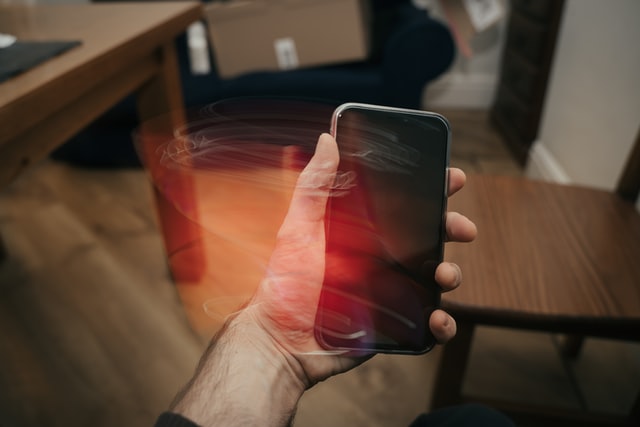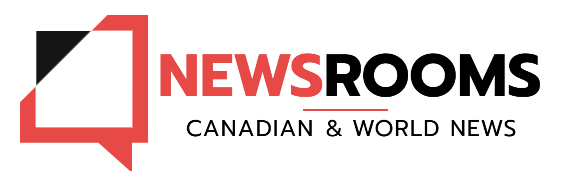
Electricity has become a part of our daily lives. However, power cords have caused some issues to many. You may have probably struggled at one point to organize cords, especially if they got tangled. Ensuring that you are pulling out the right plug may have even caused you to follow a certain cord from an appliance to the outlet.
A Gift from the Past: The Introduction of Wireless Power
Clutter is one of the disadvantages of using power cords. That said, electricity has made life a lot easier. So, it is something we cannot simply give up.
Because of this, many scientists worked hard to develop ways to transmit power without the need for wires.
Enter Nikola Tesla, a renowned inventor. He introduced the Tesla coil, which is the first wireless power transmission system. This invention allowed Tesla to transfer power over short distances with no connecting wires.
A View of the Present
Over time, further developments of wireless power were introduced. While the Tesla coil itself is no longer widely used, it marked the start of a new era in the field of electricity. In fact, radios and TV are using variations of the Tesla coil.
Now, imagine in a house where you no longer need cords to use power. You can turn on an appliance or charge a phone using wireless transmission. You can finally say goodbye to cluttered and tangled wires. This is the idea that many scientists pursue.
That said, applications of wireless power transmission are already seen today. A good example is the use of a short-range wireless charging device to charge mobile phones. For this,
Wireless charging of certain devices is currently available. For instance, you can charge your mobile phone by putting it on a charging pad that does not involve any cords. Instead, it uses inductive coupling. But this method can only cover short ranges.
Despite this, wireless charging through inductive coupling is extremely useful. For a more convenient experience, you can simply set up a charging station. You can choose a place where you often put down your mobile devices like cellphones and tablets. For instance, you can set it up on your desk or bedside table.
What The Future Holds
Scientists believe that the use of magnetic resonance is the answer to long-range wireless power transfer. It involves the use of an electrical wire coil generating a magnetic field whenever it is attached to a power source. An electrical charge will be generated when there is another coil nearby.
Here are some of the possible things we can expect in the future:
- Home Appliances: In the future, we may finally have wireless power transfer devices available for homes. When that happens, many appliances will have a receiving device that will allow them to get the necessary power to work. You may find TVs, laptops, irons, lamps, microwaves, ovens, and many more home appliances no longer having electric cords.
- Electric Vehicles: Imagine going on a long ride without having to stop to get gas or, if you own an electrical vehicle, need to charge. That is a possibility to look forward to. With available power transmitters and sources on highways and areas with busy traffic, you can use an electric vehicle and charge it on the way.
- Public Transportation: Commuting via electric cars is something we already see today. But the availability of wireless power transmission may help develop trains that are not connected with wires. This can be done by putting up poles. These have to be dual-mode, which means they can transmit and receive power. This way, power is sent and received simultaneously.
- Medical Devices: Many medical devices require power to work. Having medical devices connected wirelessly to a power supply will be a welcome development. For this to work, a transmitter has to be directly connected with a power source. Then, the signal will be transmitted continuously and generate electricity in hospitals.
- Solar Power Satellites: Think of satellites with solar panels getting as much solar energy as they can from the sun while staying in space. Further development of the wireless power transfer technology can help attain this. The idea is for the solar panels to convert the power it captures into a microwave that will be transmitted to a microwave receiving antenna on earth. After conversion into electricity, the energy can be used to power homes and buildings.
Technology helps shape the future of the world. At the same time, it simplifies day-to-day lives and adds value to society.
The continuous development in the concept of wireless power transmission shows a promising future in terms of technology. It opens possibilities to more convenient lives. These are only some of the things to expect in the future. From wired appliances and devices, the future may see wireless charging and powering up.








